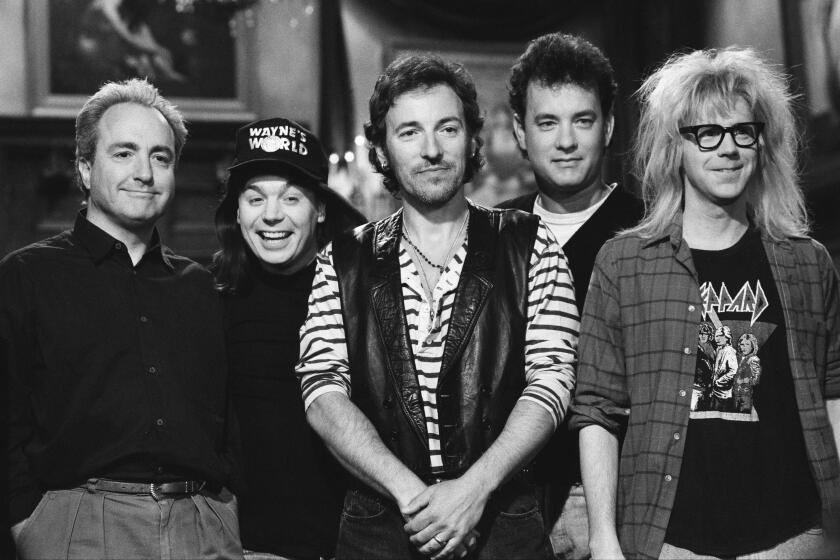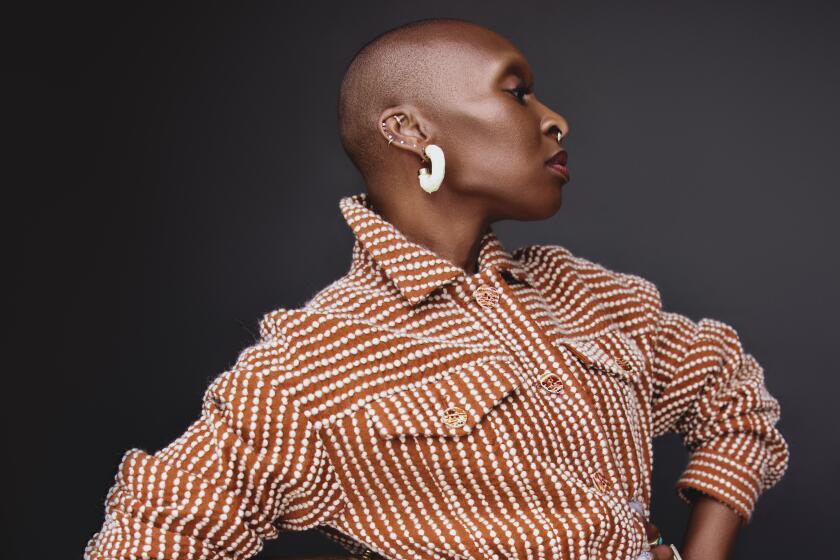Afro-Brazil Gallery
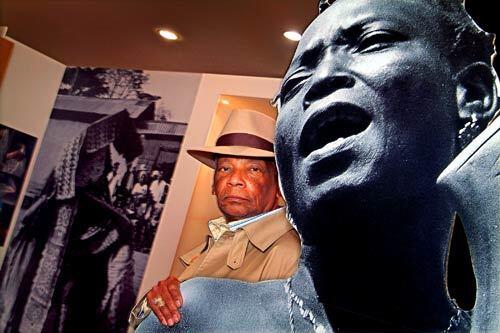
Afro Brazil Museum director Emanoel Araujo at the installation of “XangÙ” (Saint Anthony), an “Orix·” (Saint) of “CandomblÈ” (African religion brought to Brazil by the African slaves). (Fernando De Aratanha / For The Times)
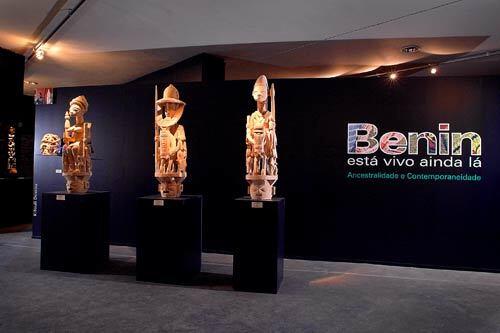
The entrance of the installation of the exhibit “Benin: Ancestrality and Contemporarity” at the Museum Afro Brazil in Sao Paulo through January. Benin is a Republic of Western Africa. (Fernando De Aratanha / For The Times)
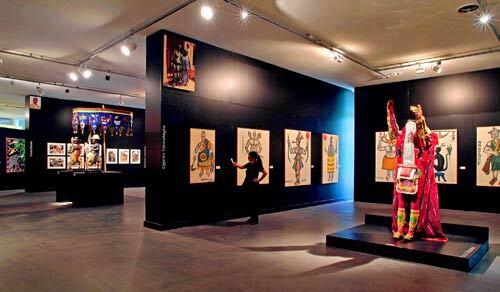
Part of the Benin’s exhibit at the Afro Brazil Museum. In the foreground is the “Egun” costume by artist Pascal Adjinakou and acrylic paintings by artist Cyprien Tokoudagba. (Fernando De Aratanha / For The Times)
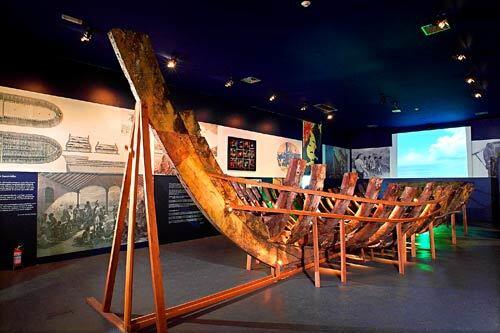
The skeleton of a slave ship in the exhibition at the Afro Brazil Museum in Sao Paulo. (Fernando De Aratanha / For The Times)
Advertisement
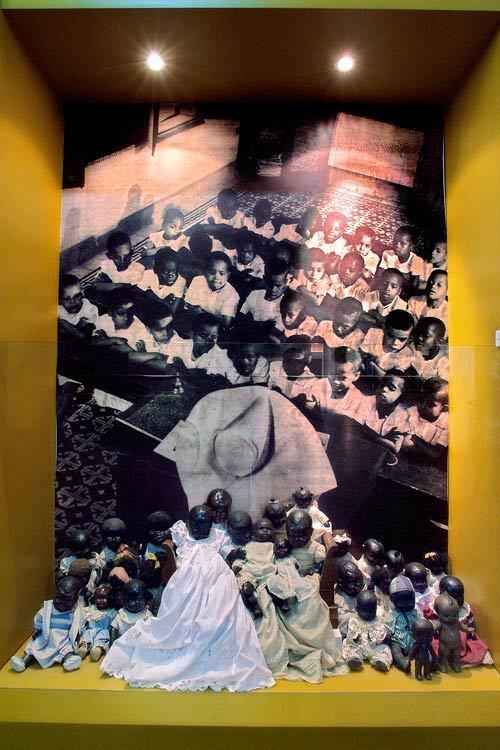
Installation of African dolls made of porcelain, papier mache, celluloid and fabric. The artist transmits, with the metaphor of abandoned dolls, his rebellion against the injustices suffered by children from all over the world. (Fernando De Aratanha / For The Times)
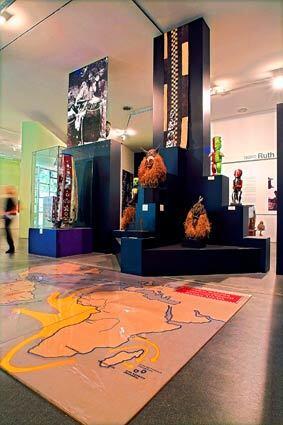
Installation with the map of the route for slave traffic and colonial commerce from XVI-XIX centuries in the foreground. In the background are masks from Congo by artist JosÈ de Guimares and ‘70s african sculptures from Angola. (Fernando De Aratanha / For The Times)
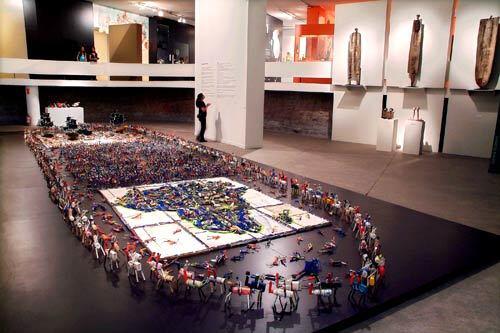
Benin’s artist Aston resurrects the long and painful history of slavery traffic with his installation “Stupids and Useless,” which at the same time is an appeal in favor of the preservation of Planet Earth. The sculpture is all made with recycled materials, such as wood, metal and plastics. (Fernando De Aratanha / For The Times)
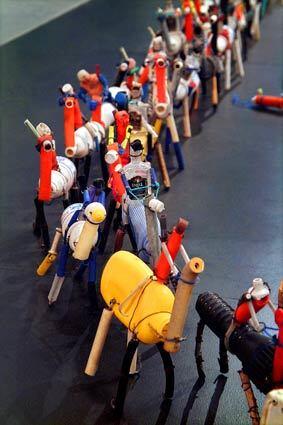
A detail of the installation “Stupids and Useless” by artist Aston, made with recycled materials. (Fernando De Aratanha / For The Times)
Advertisement
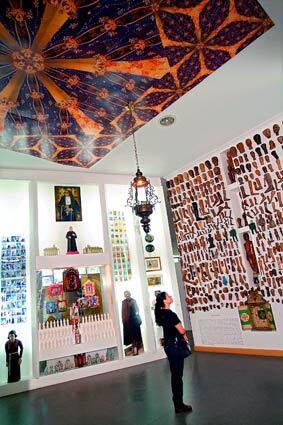
Installation of the exhibit “The Art of Miracles.” The sculptures are an expression of the sacred, which derives from the imagination of the Afro Brazilian culture. (Fernando De Aratanha / For The Times)
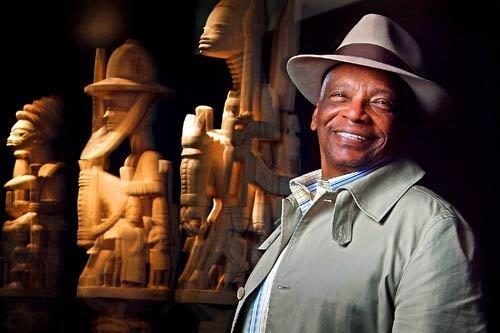
Afro Brazil Museum director Emanoel Araujo at the entrance of the exhibit “Benin, Ancestralidade e Contemporaneidade” (Benin, Ancestrality and Contemporarity), showing at the museum through January. (Fernando De Aratanha / For The Times)




